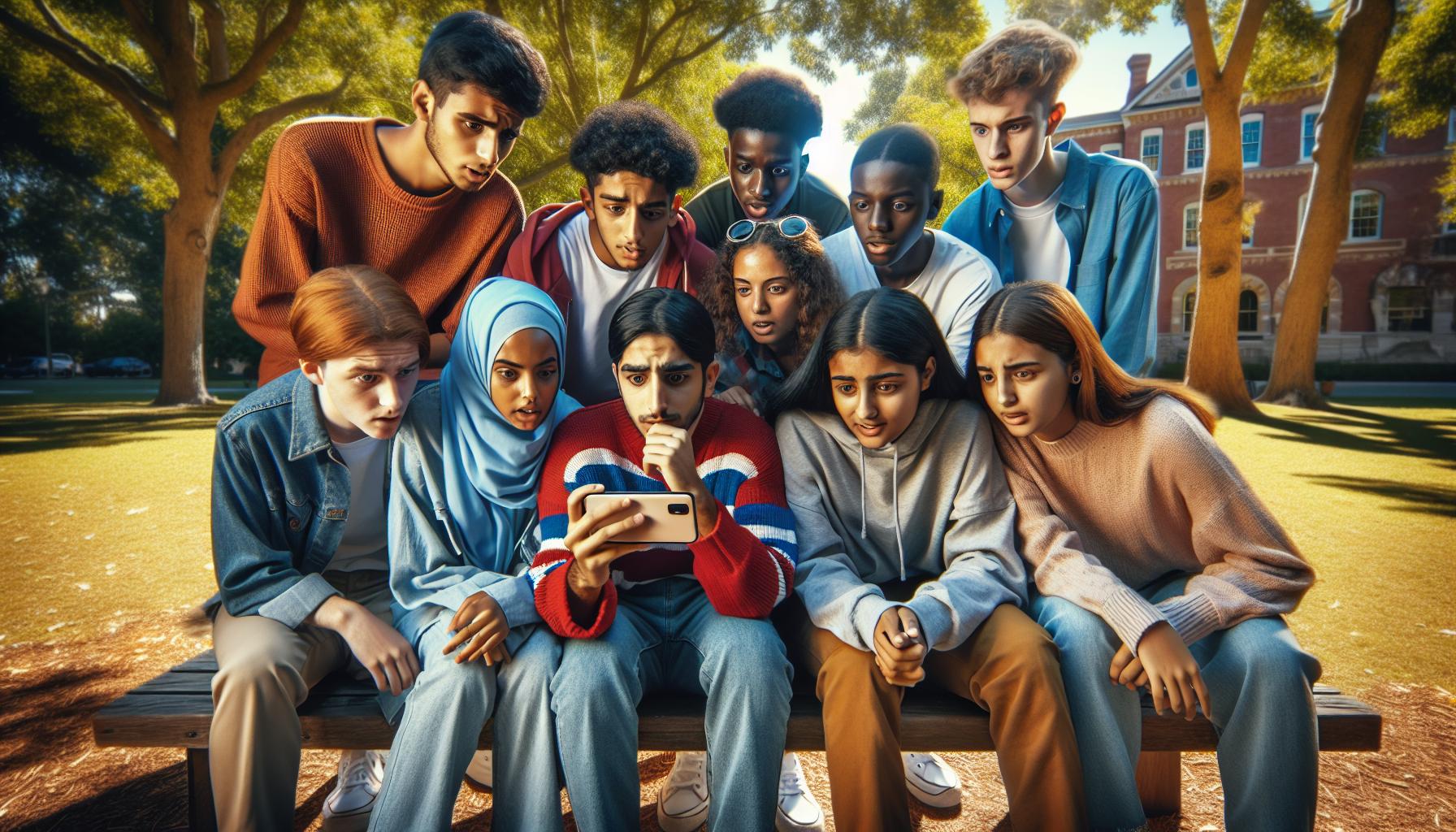In the ever-evolving world of social media, trends can spread faster than a cat video going viral. While some trends bring laughter and connection, others can lead users down a perilous path. From bizarre challenges to reckless dares, dangerous social media trends can turn a simple scroll into a risky adventure. Imagine scrolling through your feed and suddenly feeling the urge to try something that seems harmless but could land you in the ER. It’s not just about likes and shares anymore; it’s about navigating a minefield of potentially harmful fads. As influencers promote the next big thing, it’s crucial to stay informed and keep a healthy dose of skepticism. After all, not every trend is worth the risk, and some might just be a recipe for disaster.
Dangerous Social Media Trends
Dangerous social media trends often surface quickly and capture widespread attention. Some of these trends appear innocuous but carry significant risks. Users engaging in challenges like the “Tide Pod Challenge” or “Fire Challenge” put their health and safety at serious risk.
Statistics indicate that emergency room visits related to social media trends have increased by 50% in recent years. Participants in risky challenges frequently suffer from severe injuries, leading to hospitalization. Consequently, these trends raise alarms among health professionals about the escalating dangers of social media influence.
Concerns grow when young users participate without understanding the potential consequences. Peer pressure often drives individuals to take part in dangerous activities, neglecting their safety. Mental health impacts also arise, with individuals facing anxiety over social media expectations.
Several organizations emphasize the importance of digital literacy programs to educate users about the risks associated with viral trends. They advocate for open dialogues among parents, guardians, and children regarding online behavior. Educators suggest monitoring social media usage to help steer conversations toward safer practices.
Moving forward, caution remains vital when approaching new trends. Users must recognize that not all challenges are harmless or fun. Engaging critically with what appears online can prevent harm and encourage safer social media interactions.
Types Of Dangerous Social Media Trends

Understanding the various types of dangerous social media trends helps identify risks. Some trends involve high levels of risk and serious consequences.
Challenges That Endanger Participants
Certain challenges pose significant dangers to participants. The “Tide Pod Challenge” involves ingesting harmful laundry pods, leading to numerous poisoning cases. Similarly, the “Fire Challenge” requires participants to set themselves on fire, resulting in severe burns and injuries. Reports indicate a 50% increase in emergency room visits linked to these risky activities. Such challenges often attract younger individuals, who may not grasp the full danger of their actions. Awareness and education about these challenges are essential to mitigate risks.
Dangerous Pranks And Their Consequences
Pranks shared on social media often escalate to dangerous levels. Instances of “swatting,” where someone falsely reports a crime to prompt a SWAT team response, have caused panic and injury. Reckless pranks, like fake abductions, can lead to legal repercussions and severe emotional distress. Participants may face criminal charges or civil lawsuits for their actions. The thrill of posting viral content often overshadows the potential fallout, making awareness vital. Each prank carries risks that affect not only the participants but also surrounding individuals and communities.
Psychological Effects Of Social Media Trends

Social media trends significantly affect users’ psychological well-being. Young individuals often experience heightened anxiety and stress due to the pressure to conform to viral challenges.
Impact On Mental Health
Mental health issues related to social media trends manifest in several ways. Anxiety may arise from constant comparisons to peers or influencers, leading to feelings of inadequacy. Research indicates that engagement with harmful trends correlates with increased depression symptoms, especially among adolescents. Individuals often seek validation through likes and shares, creating a cycle of dependence on external approval. Additionally, participating in dangerous challenges can exacerbate feelings of isolation and fear, particularly when users face backlash or negative comments online.
Influence On Behavioral Patterns
Behavioral patterns change significantly under social media influence. Many users adopt risky behaviors to gain attention or followers, often prioritizing virality over safety. Increased engagement in dangerous challenges reflects a concerning normalization of risky conduct among youth. Impulsive actions frequently occur as individuals mimic peers, leading to potential harm. Social dynamics play a crucial role, as individuals may feel compelled to join trends despite knowing the risks. Over time, this may establish desensitization toward harmful activities, cultivating a culture of recklessness within online communities.
Prevention And Awareness Strategies

Awareness and education play crucial roles in mitigating the risks associated with dangerous social media trends. Engaging young users in conversations about these threats enhances their understanding and encourages safer online behavior.
Educating Young Users
Empowering young users with knowledge about social media trends helps them make informed decisions. Providing information about the potential dangers linked to specific challenges fosters critical thinking. Programs that incorporate real-life examples of harm can increase awareness significantly. Interactive workshops and discussions promote thoughtful engagement. Teaching digital literacy equips them with the skills needed to navigate online spaces safely. Resources like informative videos and articles can clarify misconceptions about viral challenges. Encouragement to question trends can lead to stronger decision-making.
Role Of Parents And Guardians
Parents and guardians play a pivotal role in shaping children’s understanding of social media. Open communication fosters a safe environment for discussing online experiences. Setting clear guidelines for social media usage can help mitigate risks. Monitoring online interactions while allowing age-appropriate freedom is essential. Educating themselves about current trends enables parents to address dangerous behaviors effectively. Participating in their children’s online activities strengthens trust and facilitates discussions about peer pressure. Sharing resources about potential dangers reinforces shared knowledge and promotes safer engagement with social media platforms.
Navigating the landscape of social media trends requires caution and awareness. The allure of viral challenges can overshadow the serious risks they pose. As dangerous trends continue to emerge, it’s vital for individuals—especially young users—to approach them with skepticism.
Education and open dialogue play crucial roles in fostering safer online behaviors. By engaging in discussions about the potential dangers of these trends, parents and guardians can help their children make informed choices. Prioritizing safety over popularity can create a healthier social media environment, ultimately reducing the likelihood of harmful consequences.

